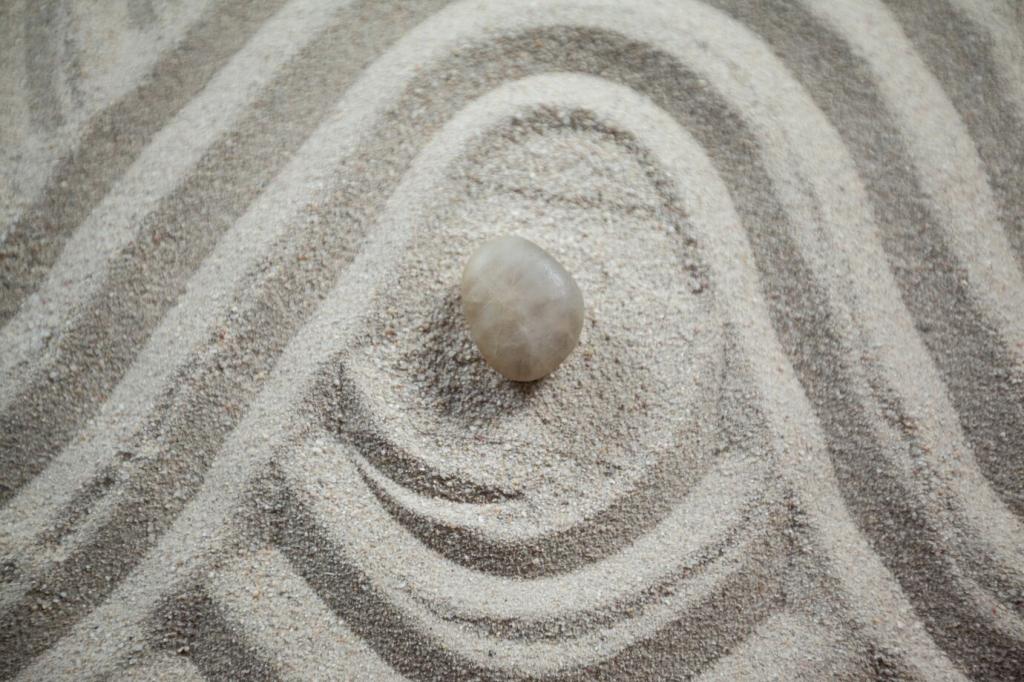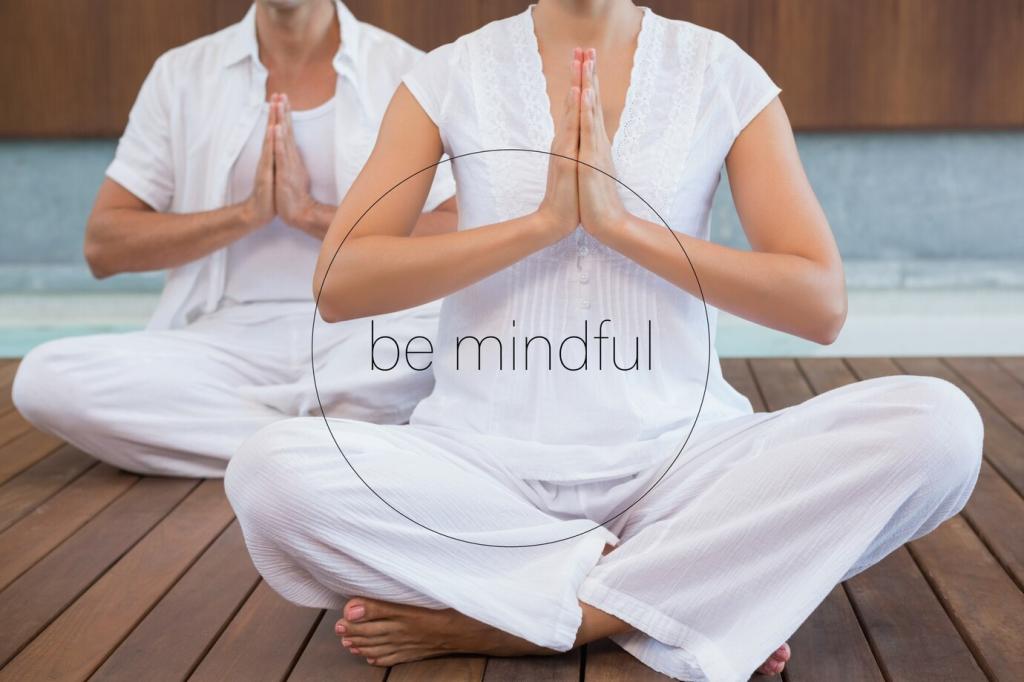Start Simple: Curate with Intention and Heart
Define the feeling you crave: calm, focus, or optimism. Pick one visual theme and let it guide your selections. When your art matches your emotional goal, your room becomes a partner in well-being, not just decoration.
Start Simple: Curate with Intention and Heart
Use layered lighting to support art and mood—dim for decompression, brighter for focus. Place art where light falls softly to avoid glare. Consider warm bulbs around reflective surfaces to keep the visual field soothing and grounded.







